It is important to note that Far from Cactus Flat is not a novel. It is not fiction. It is a true, historical account, written in such a way that weaves together the loose strands of many important and compelling stories – both local and close to home, and of global import, into one remarkable tapestry.
Book Review: ‘Far from Cactus Flat‘ by contributor
The Bundy Clan – a Little Backstory
For those interested in knowing a little more about the backstory of folks like Ammon and Cliven Bundy, and even LaVoy Finicum, the people they come from, and the place that shaped the people they come from, read the book, Far From Cactus Flat (2006), by Lyman Hafen
In Far from Cactus Flat, among other things, Hafen purports to reveal the mystery, and tell the previously untold story of 2nd Lt. Lincoln D. Bundy, an American fighter pilot shot down over Normandy France shortly after D-day during WWII. In the process Hafen does that – and so much more. It is important to note that Far from Cactus Flat is not a novel. It is not fiction. It is a true, historical account, written in such a way that weaves together the loose strands of many important and compelling stories – both local and close to home, and of global import, into one remarkable tapestry.
In Far from Cactus Flat, Hafen is dealing with subject matter that he cares deeply about. In relating the various, interrelated stories, Hafen does a masterful job of weaving the diverse fibers of the tapestry, which include strands of his own story, and his own connection to the people and places described in the book. As Hafen says, those people and their stories serve as a bridge between the past, present and future. In that sense, the book itself is a bridge – a bridge constructed of the complimentary strands and fibers of the tapestry of people, places, events and stories Hafen weaves together.
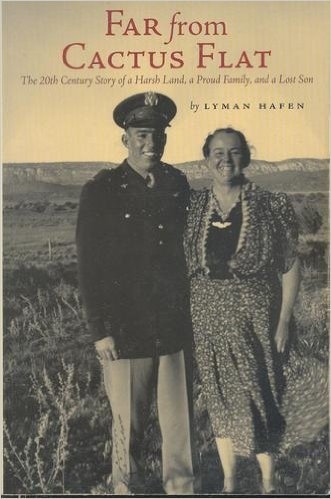
In Far from Cactus Flat, Hafen tells the backstory of the Bundy Clan and the land, faith, family, and conditions that shaped them, in the context of the bigger picture of the world they were shaped in. In the old debate about nature vs. nurture, both deserve their due.
For people interested in true cowboy, ranching and close-to-the-bone homesteading stories, and want to better understand the spirit, and the kind of stubborn resilience that caused Cliven Bundy’s great grandfather Abraham Bundy, and his oldest sons, Roy (Cliven’s grandfather), and James, to saddle-up draft horses from their freight teams at the Grand Gulch Mine in Southeast Nevada in the summer of 1916, and ride East onto the Arizona Strip in search of a new life as homesteading ranchers under the newly enacted Stock Raising Homestead Act of 1916, this book paints as accurate a picture as you’ll find.
In the process, the book provides a great nutshell summary of the modern history of a very isolated and unique place on Earth, known to those who revere the place as “The Strip” – the Arizona Strip — that wild, desolate and isolated strip of land between the Grand Canyon on the South and East, and the Utah Border on the North. Although there have been communities along the Northern periphery of the Arizona Strip for over 150 years, in modern, recorded history, there has only ever been one enduring community in the interior of The Strip in a place where there were no creeks, no streams, no springs, no irrigation water – no live water of any kind. The only source of water for the homesteading inhabitants of that settlement and their livestock was natural precipitation stored in dirt tanks they dug either by hand, or scraped out with their draft animals.
What Abraham Bundy and his sons saw from the crest of the ridge where they topped out in June 1916, looking east toward Mt. Trumbull, was a vast valley with stirrup-high grass that year. What they did not account for is that the high annual rainfall that had blessed the Arizona Strip for several decades, making it vast grassland, would not last forever. Although there was not a single source of live water in the entire valley, Bundys staked the future of their families on making a go of it there.
And to a large extent the same basic story likewise describes the people and place LaVoy Finicum came from at Cane Beds, on the Northern edge of The Strip. LaVoy’s historic Tuckup Grazing Allotment along the Northern edge of the Grand Canyon stems back to the earliest history of Texans and Bundys grazing cattle and competing for forage on The Strip, as described in the book.
If you were ever inclined to doubt the innate stubbornness and resilience of the Bundy Clan, consider the fact that after so many such homesteaders throughout the West had droughted-out and starved-out within a few short years, despite radical changes in the natural weather patterns that had blessed the Arizona Strip for decades, and the fact that their only source of drinking water was the dirt tanks they shared with their livestock, the Bundy Clan on Cactus Flat clung to a meager residential existence there for over 50 years, until well into the 1960s when the one-room Mt.Trumbull school house finally closed. But to this day, although essentially everyone was eventually forced to move to town, the Bundy Clan has hung onto those precious original homesteaded ranches, where they continue to graze cattle today. And today thousands of people with ties to the Bundy Clan gather each year at Mt. Trumbull for a big family reunion on July 4th weekend.
As the book describes, in terms of true, put-your-life-on-the-line patriotism, in modern times few American families could match the Bundy Clan. From one of the very most isolated and sparsely-populated corners of North America, a remarkable number of young men from the Arizona Strip answered the call of duty, and enlisted to fight in WWII, and later in Korea and Viet Nam. According to the book, the patriarch of just one of those families had at least (someone may have been missed in the count) 15 grandsons – 15 – who served in WWII. That man was Abraham Bundy, Cliven Bundy’s great-grandfather. Of those 15 grandsons, four of them were sons of Cliven Bundy’s grandfather Roy Bundy, including Cliven’s own father, Dave Bundy. Of Father Abraham Bundy’s 15 grandsons who served in WWII, three of them (a full 20%) did not return. One of them was Lt. Lincoln D. Bundy, the son of James and Chloe Bundy, who went missing on June 10th, 1944 when the P-51 Mustang fighter plane he was flying was shot down over Normandy France.
What became of Lt. Bundy remained a mystery to his family for over 60 years, until at long last they finally and fortuitously learned the full account of what had happened to him, as ultimately revealed in the book. Lt. Bundy’s mother, Chloe, who died in 1977 at the age of 88, ended up never knowing in this mortal life what actually happened to “her Lincoln.” But she knew – she knew – that there was more to the whole equation than met the eye. Despite the official version and news that she had received via letter from the U.S. Department of Defense in late June, 1944, advising Lt. Bundy’s family of his presumed demise, his mother came away with a firm spiritual conviction that he was still alive – at least at that point. Later, she subsequently had another very vivid spiritual experience, including a dream, which put her mind and heart completely at ease regarding the ultimate fate of her Lincoln, which consoled her for the rest of her life.
If you enjoy history, you won’t be disappointed in Far from Cactus Flat. If you like cowboy and mustanging stories; if you like war stories; if you care about family, and the blood, sweat, tears, and patriotism of modern pioneering homesteaders; if you want to know more about the kind of people and place that Ammon and Cliven Bundy, and LaVoy Finicum come from, Far from Cactus Flat, by Lyman Hafen, is a must read.
[paypal_donation_button]
Free Range Report
[wp_ad_camp_3]
[wp_ad_camp_2]
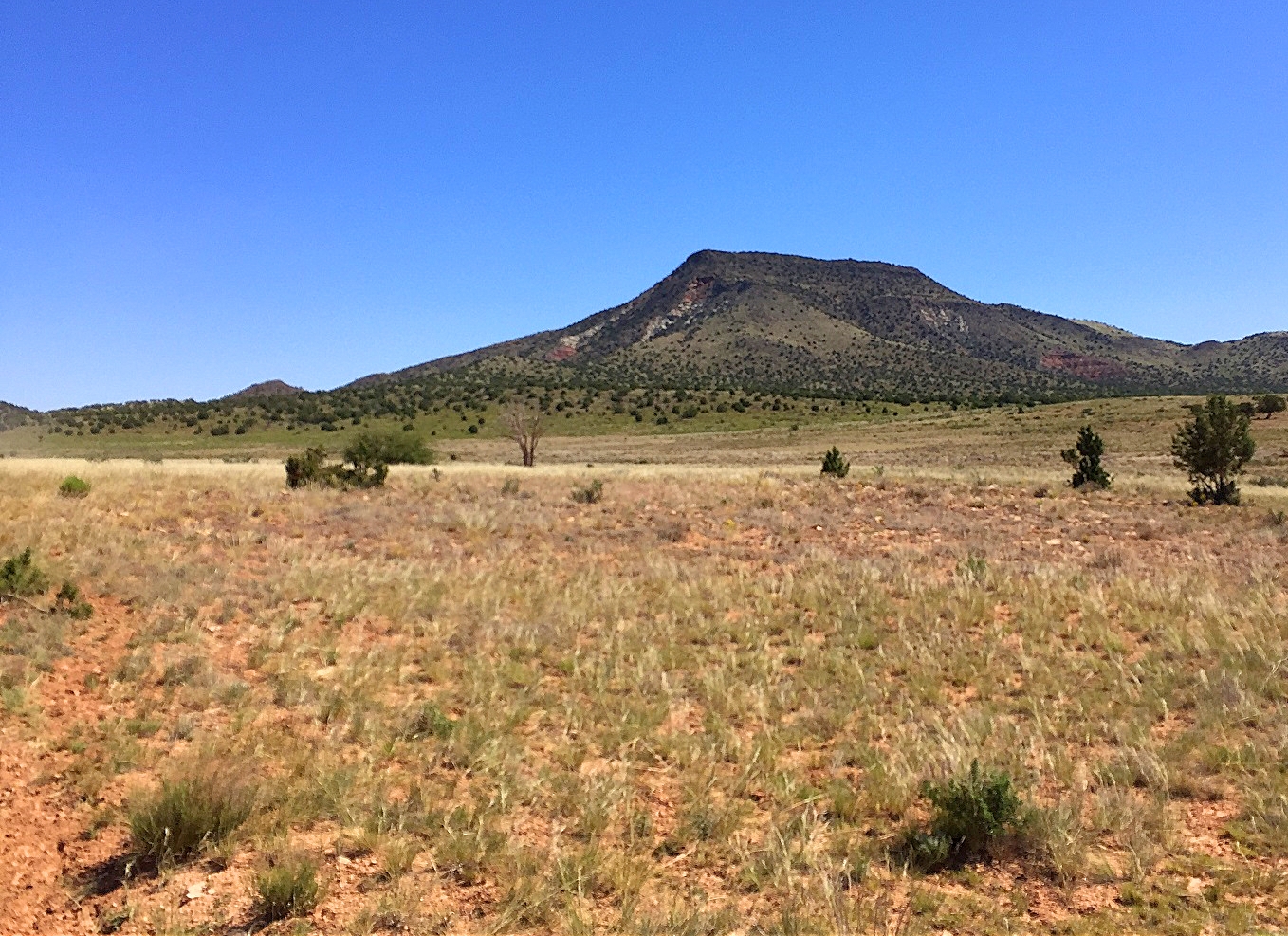
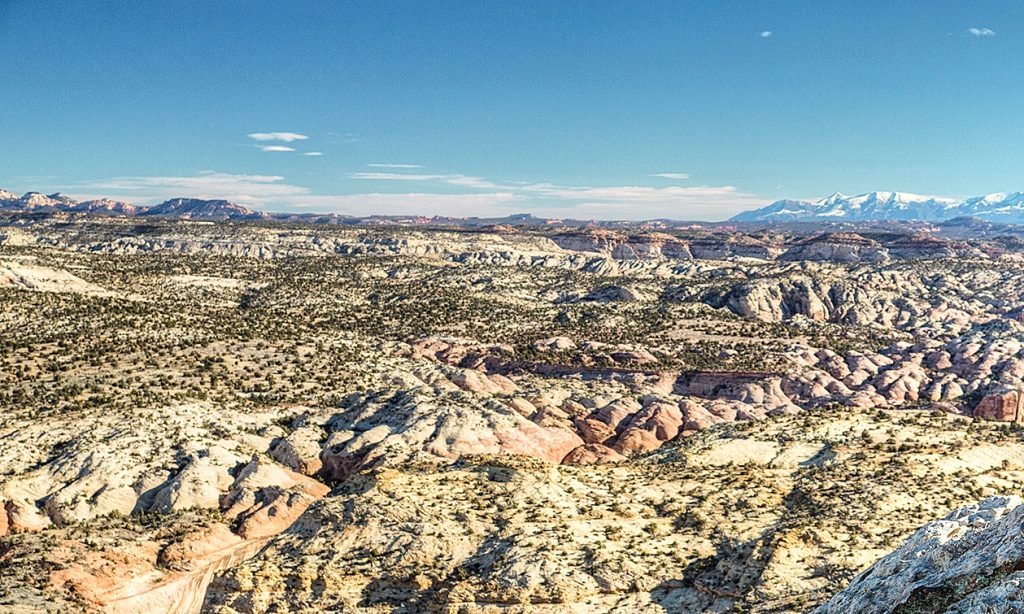
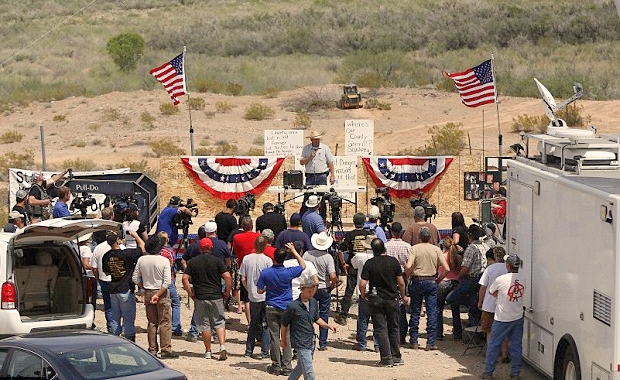
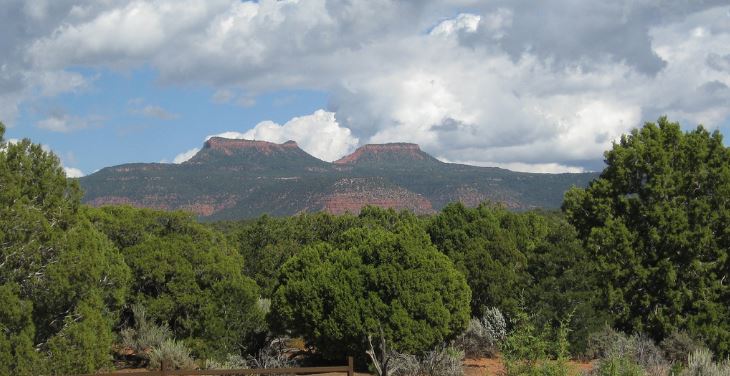
Good write up of “Far from Cactus Flat”. the only problem is that Amazon(UK) doesn’t appear to have heard of it.
Interesting. Try B&N